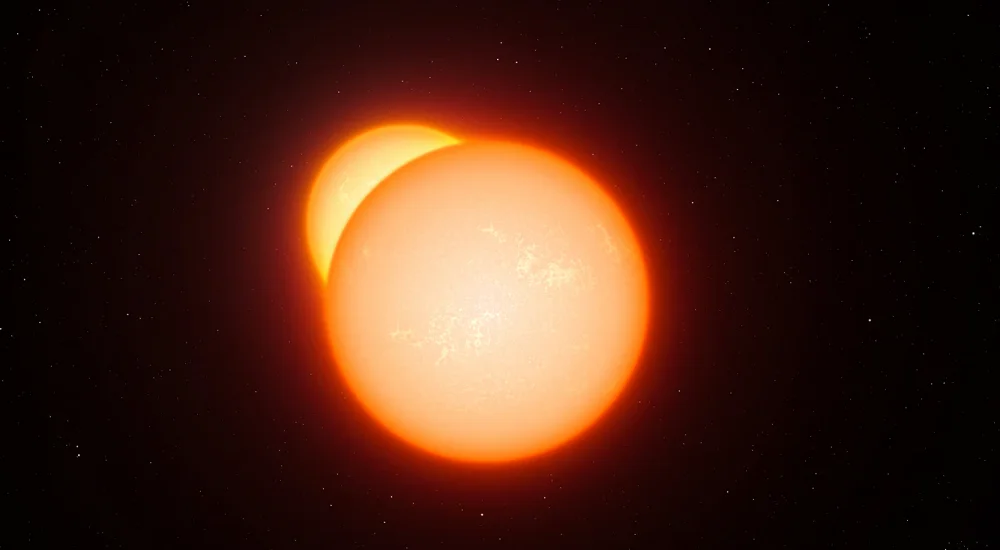A pair of invisible stars found in a narrow 17-hour orbit
- March 2, 2023
- 0
Astronomers have discovered a bizarre star system containing two extremely cold dwarf stars that are very close together and rotate in less than a day. Oh, and they
Astronomers have discovered a bizarre star system containing two extremely cold dwarf stars that are very close together and rotate in less than a day. Oh, and they

Astronomers have discovered a bizarre star system containing two extremely cold dwarf stars that are very close together and rotate in less than a day. Oh, and they are invisible to the human eye. Ultracool dwarfs, as the name suggests, are ordinary stars with relatively low temperatures below 2430°C (4400°F). This means they emit most of their light in the infrared range, making them invisible to us.
The system in question is called LP 413-53AB, and although it has been known to astronomers for decades, it has always been thought to be a single star. But that changed recently when Chi-Chun Hsu, an astrophysicist at Northwestern University, took a closer look at it. He used an algorithm he developed to model stars based on his spectral data and found that the spectral lines shifted in opposite directions and eventually split into pairs. This meant that they were actually two stars incredibly close to each other.
To see with their own eyes, Hsu and his team studied the star system using the Keck Observatory in Hawaii. And of course, during a series of observations between March 2022 and January 2023, the team was able to see the system change very quickly.
“When we made this measurement, we were able to see that some things had changed with a few minutes of observation,” said Professor Adam Burgasser, co-author of the study. “Most of the binaries we watch have rotation periods of years. So you get a measurement every few months. Then, after a while, you’ll be able to put the puzzle together. With this system, we were able to see how the spectral lines diverge in real time. It’s amazing to see something happening in the universe on the human time scale.”
These observations revealed that LP 413-53AB consists of a pair of extremely cold dwarf stars separated by only 1% from Earth and Sun. This means that since they orbit each other in just 17 hours, it is the narrowest orbit ever discovered for such a binary system and one of the narrowest of any known celestial body. Astronomers think that these stars naturally migrated towards each other over time, or perhaps they had a third moon that was originally launched, bringing the remaining two closer together.
Proximity isn’t the only record this system has broken – the stars are also the oldest known of their kind. While most supercold dwarfs are “only” 40 million years old, they are estimated to be several billion years old, comparable to the age of our Sun. The team plans to search for other extremely cold dwarfs using this technique to potentially explore other currently unknown binary systems.
Source: Port Altele
As an experienced journalist and author, Mary has been reporting on the latest news and trends for over 5 years. With a passion for uncovering the stories behind the headlines, Mary has earned a reputation as a trusted voice in the world of journalism. Her writing style is insightful, engaging and thought-provoking, as she takes a deep dive into the most pressing issues of our time.